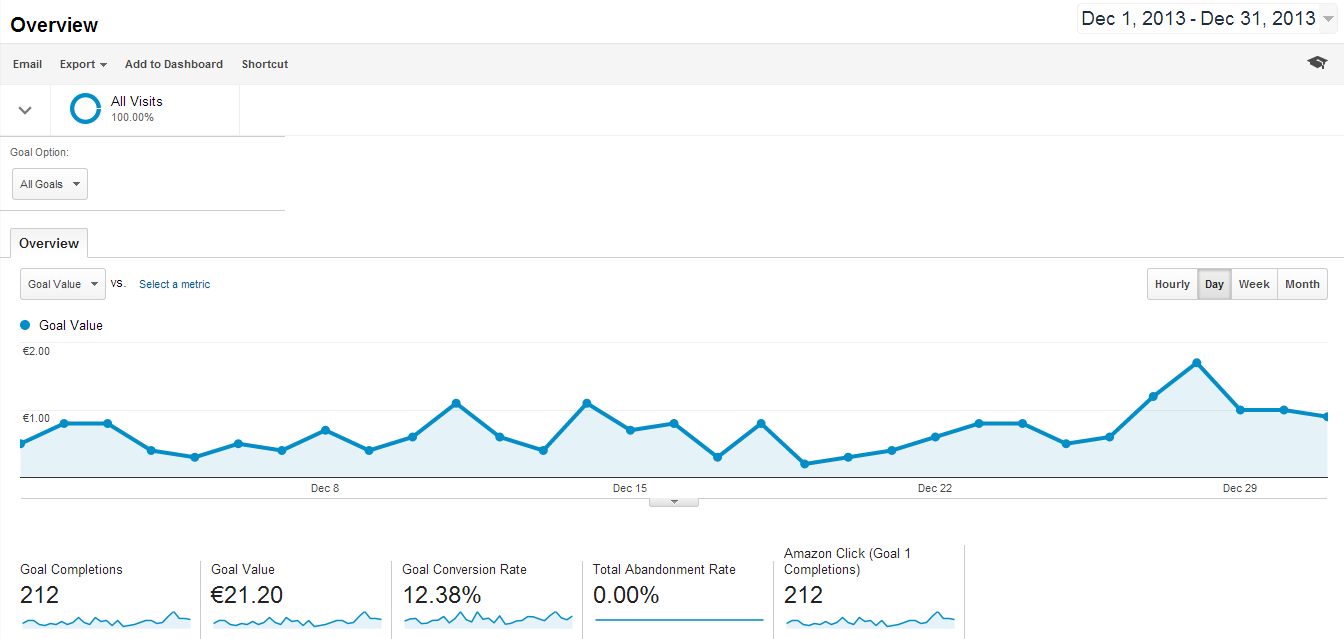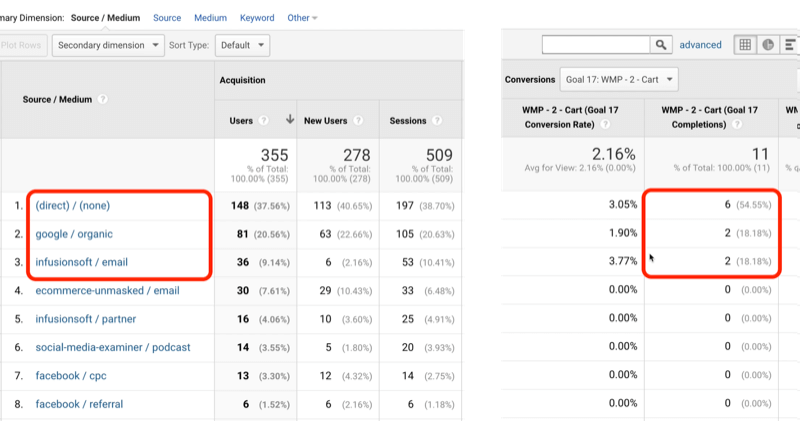Unveiling the Blind Spots: Understanding What Google Analytics Goals Can not Determine
In the world of electronic analytics, Google Analytics stands as an effective device for monitoring and analyzing on-line user interactions. Nevertheless, amidst its durable capabilities, there exist blind spots that usually evade dimension. Understanding what Google Analytics objectives can not determine is important for obtaining an extensive view of customer habits and involvement. As we look into the ins and outs of these dead spots, we discover an intricate internet of uncharted areas that hold valuable understandings into individual activities and motivations, challenging traditional wisdom and losing light on the restrictions of our data-driven understanding.
Individual Habits on External Platforms
Comprehending how individuals engage on outside systems is critical for enhancing on-line strategies. Exterior systems, such as social networks networks, recommendation internet sites, and on-line forums, play a substantial function in driving web traffic to a business's internet site. By examining customer actions on these systems, businesses can acquire valuable insights right into the performance of their marketing initiatives and the choices of their target audience.
One secret facet of individual actions on exterior platforms is the referral source. By tracking where the individuals are originating from, businesses can identify which platforms are driving one of the most traffic to their internet site. This information can aid business assign their sources a lot more successfully, focusing on the platforms that yield the very best outcomes.

Offline Conversions and Interactions
Examining individual habits on outside platforms offers useful insights into on the internet strategies; nonetheless, taking into consideration offline conversions and interactions is equally critical for a detailed understanding of a business's overall performance. Offline conversions, such as in-store acquisitions or phone questions, play a significant function in lots of organizations' success.

Attribution Beyond Last Click
When diving into the world of electronic advertising analytics, it comes to be vital to look beyond the single touchpoint of the last click for a more comprehensive understanding of acknowledgment. While Google Analytics provides important insights right into customer actions, counting exclusively on last-click acknowledgment can be restricting - what data is google analytics goals unable to track. Attribution designs that exceed the last click offer a more nuanced view of the client journey, taking into consideration all the touchpoints that bring about a conversion
Acknowledgment past the last click permits online marketers to designate credit score to numerous interactions along the conversion course, offering a clearer photo of the efficiency of different marketing networks. By checking out multi-touch attribution versions such as straight, time degeneration, or position-based attribution, services can better allot their marketing spending plans and optimize their methods for maximum effect.
Recognizing the impact of each touchpoint in the internet conversion procedure is crucial for making notified decisions and taking full advantage of ROI. By welcoming acknowledgment beyond the last click, businesses can acquire deeper understandings into client behavior and customize their marketing efforts better.
Cross-Device and Cross-Browser Monitoring

Likewise, cross-browser monitoring matches cross-device monitoring by recording individual actions as they change between various internet internet browsers. Recognizing just how individuals communicate with internet sites on various web browsers can assist marketing professionals maximize their online experiences to make certain uniformity and functionality throughout various platforms.
Qualitative Information and Individual Intent
Recognizing customer intent via qualitative information evaluation is important for developing targeted digital marketing approaches that resonate with the requirements and choices of the target market. Qualitative data offers insights right into the 'why' behind user actions, shedding light on inspirations, feelings, and choices that recommended you read quantitative data alone can not record. By analyzing user responses, remarks, and communications, marketing professionals can discover important information concerning customer intent, permitting them to tailor their messaging, content, and offerings to much better straighten with what their audience is seeking.
Qualitative information likewise assists in understanding the context in which customers involve with an internet site or application. This contextual understanding enables marketing experts to produce more relevant and individualized experiences, inevitably driving greater engagement and conversion rates. By delving into customer intent via qualitative information analysis, companies can get a much deeper understanding of their target audience, leading to much more efficient marketing methods that satisfy individuals' requirements and assumptions.
Conclusion
To conclude, Google Analytics objectives have restrictions in determining user actions on outside systems, offline conversions, acknowledgment past last click, cross-browser and cross-device tracking, and qualitative data associated to user intent. what data is google analytics goals unable to track. It is essential for organizations to be knowledgeable about these dead spots in order to supplement their information analysis with various other tools and techniques to gain an extra detailed understanding of their target market and enhance their total digital advertising and marketing techniques
By analyzing user habits on these platforms, services can gain valuable understandings into the performance of their advertising efforts and the preferences of their target audience.
Examining individual behavior on outside platforms gives important insights into on the internet approaches; nonetheless, considering offline conversions and interactions is similarly essential for a detailed understanding of a firm's total efficiency.In electronic advertising and marketing analytics, relocating past last-click acknowledgment to explore cross-device and cross-browser tracking is necessary for gaining a holistic understanding of user interactions across various platforms and gadgets. By examining individual comments, remarks, and interactions, online marketers can discover important information regarding individual intent, permitting them to customize their messaging, material, and offerings to better align with what their audience is looking for.
By delving right into individual intent with qualitative information evaluation, companies can get a deeper understanding of their target audience, leading to more effective marketing methods that satisfy individuals' expectations and demands.